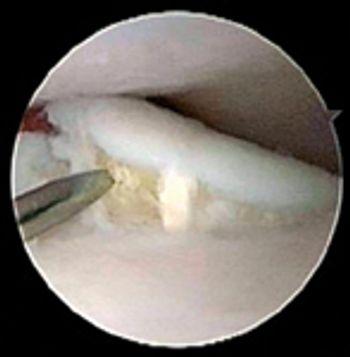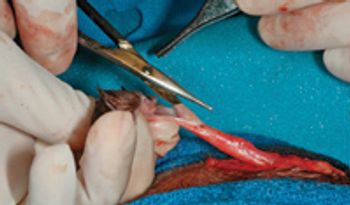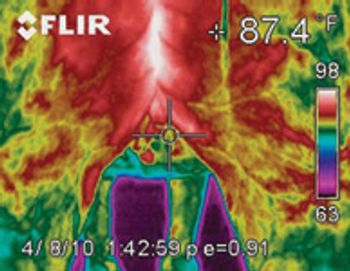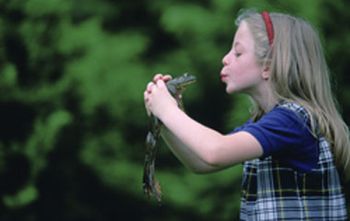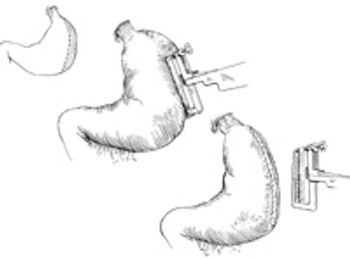
Acute abdomen is the acute onset of abdominal pain that requires prompt diagnosis and immediate intervention to prevent patient deterioration. The decision to operate depends on efficient diagnostic evaluation, and the timing of the surgery should be based on what will maximize survival and minimize morbidity.


